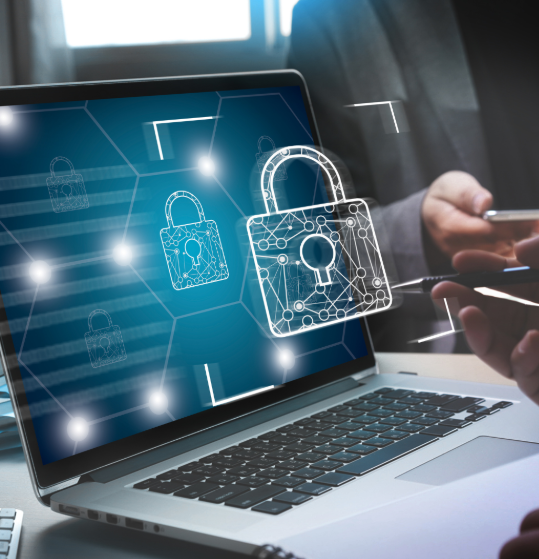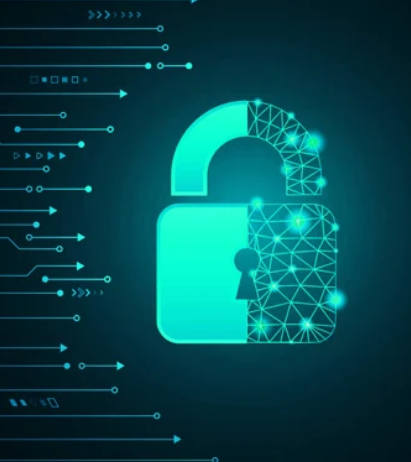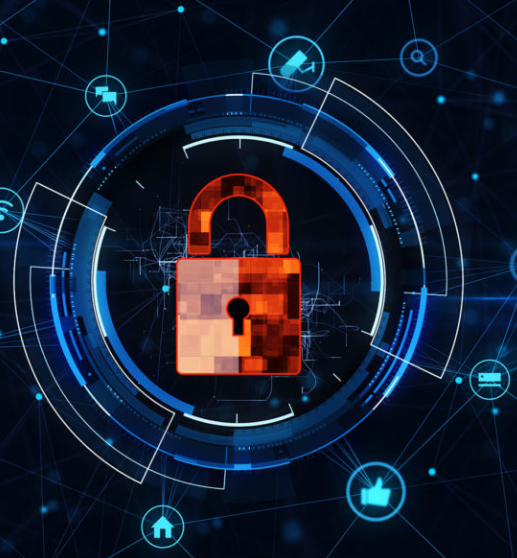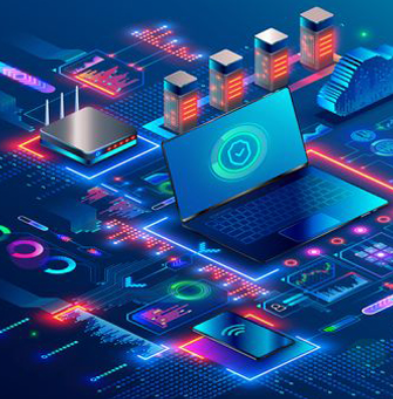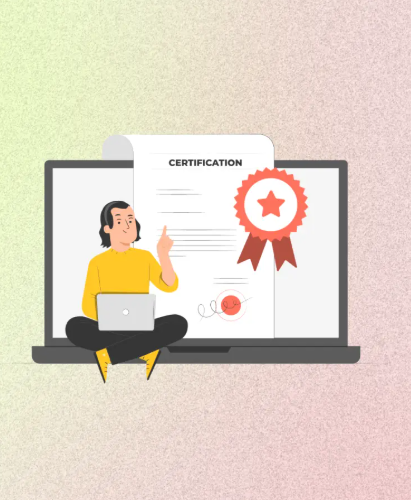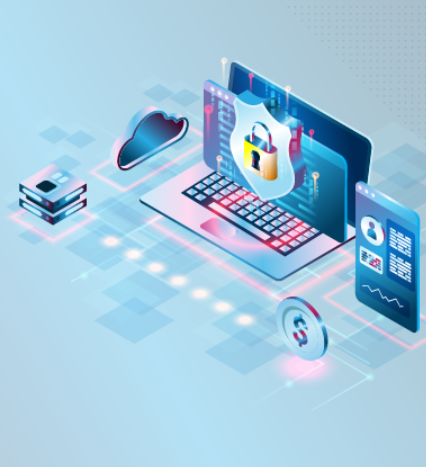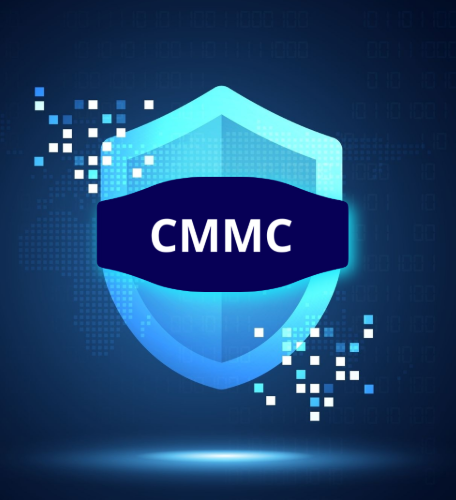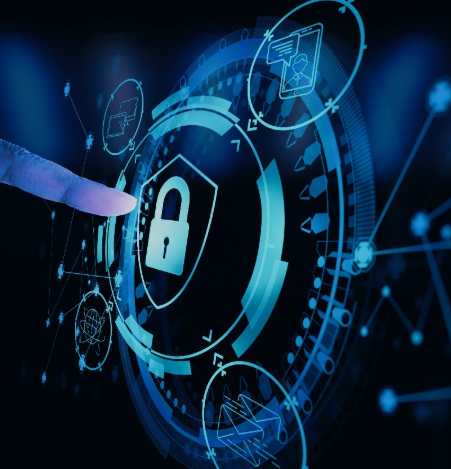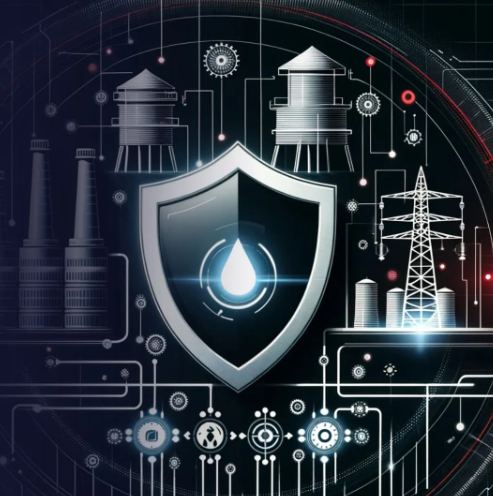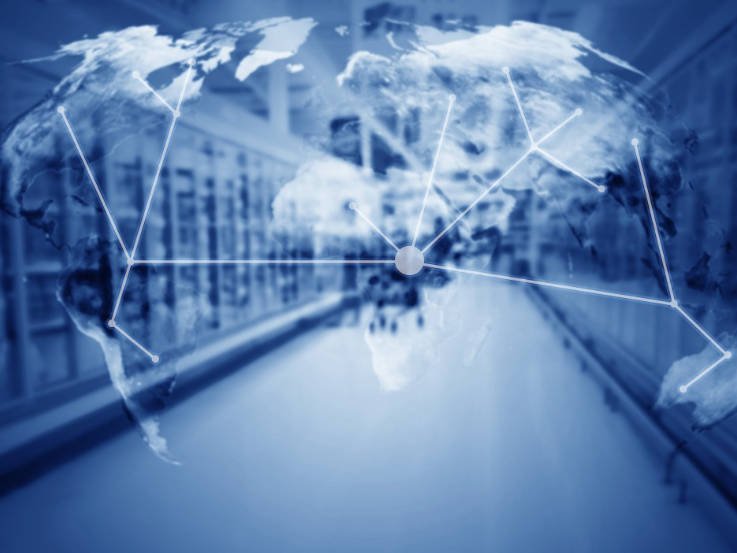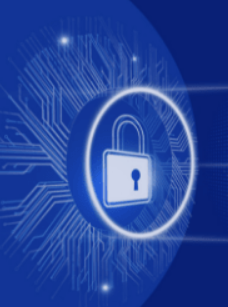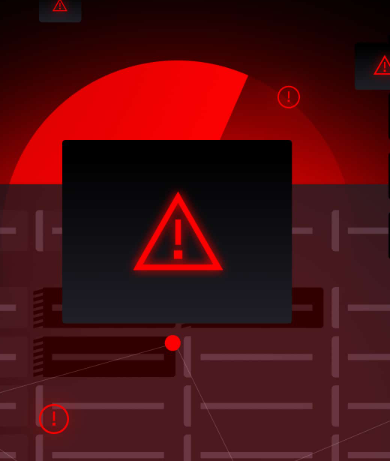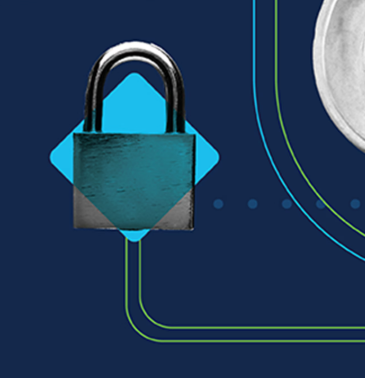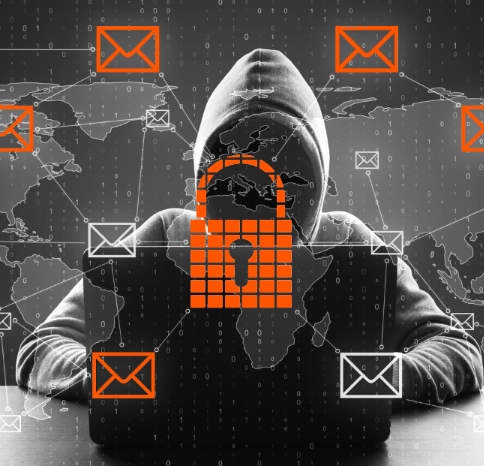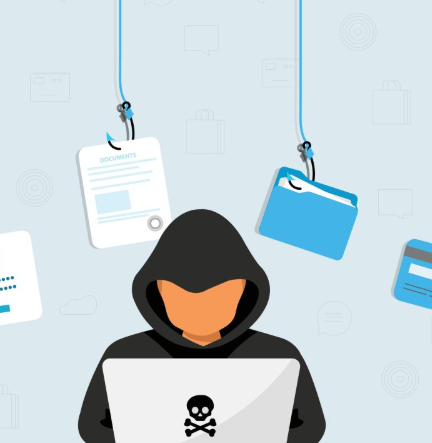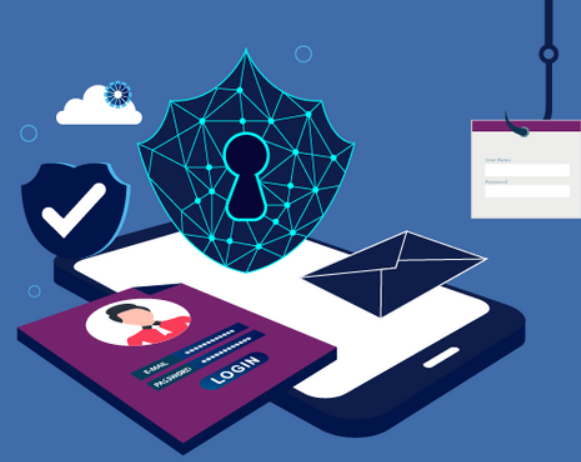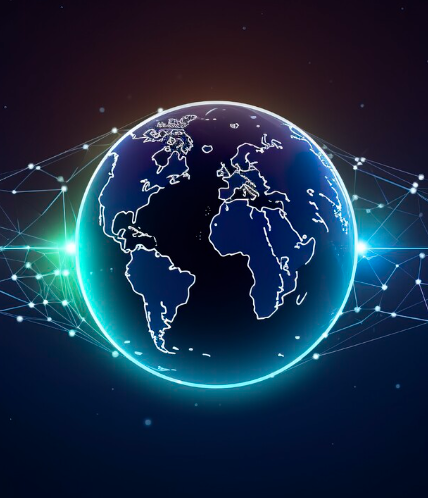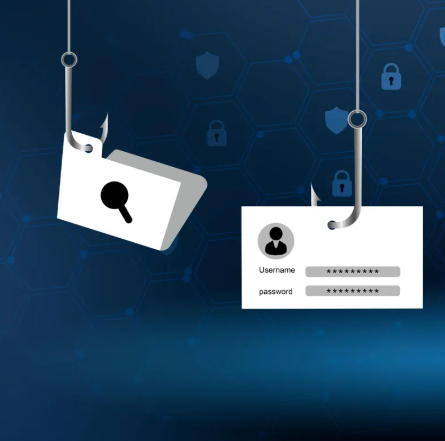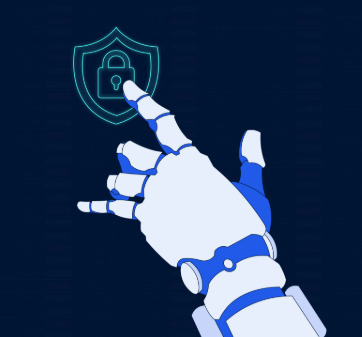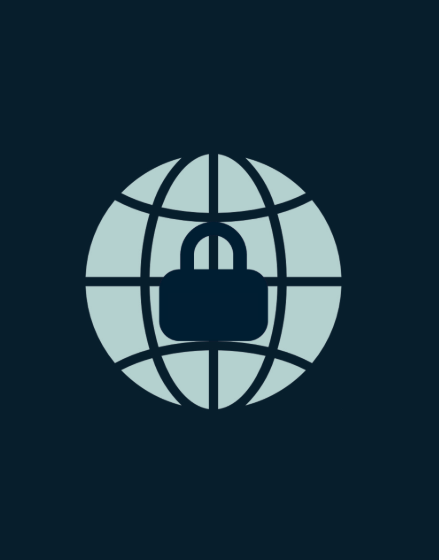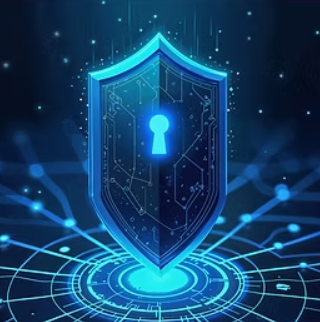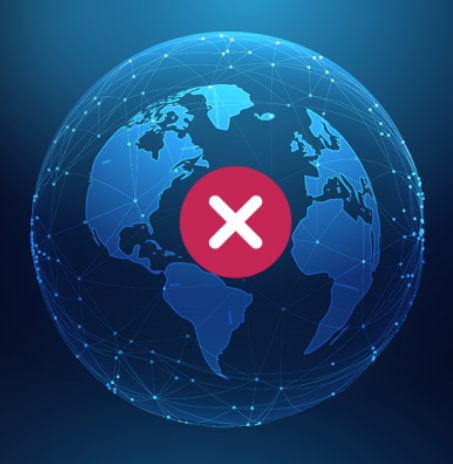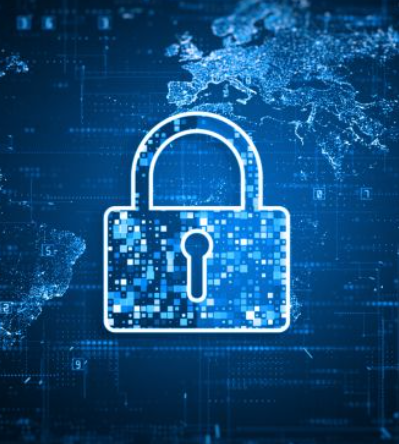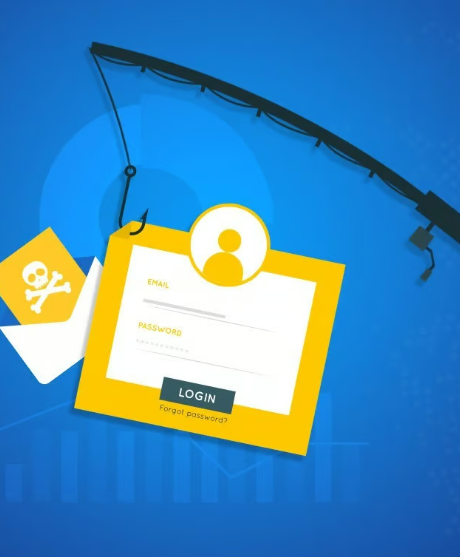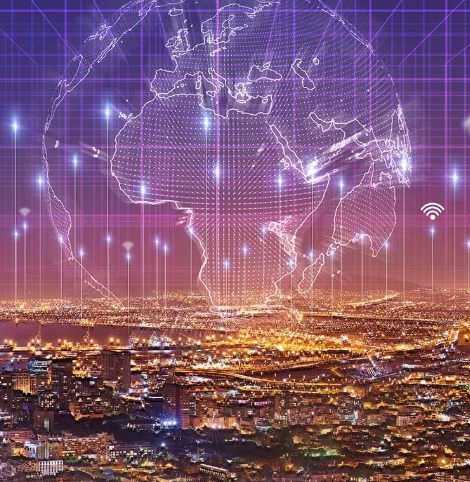
In today’s interconnected world, organizations face the challenge of balancing global accessibility with robust security. While the ability to connect from anywhere fosters growth and flexibility, it also introduces significant risks. Without proper controls, remote access to sensitive systems can open doors for cybercriminals. Global access control provides a structured way to define who can access your systems, where they can connect from, and under what conditions. This guide outlines the essential steps businesses can take to secure their digital resources against a variety of global threats.
Why Control Global Access?
With the rise of cloud services, remote work, and third-party integrations, users are increasingly accessing critical systems from outside the traditional perimeter of a company’s network. While this flexibility is beneficial, it creates opportunities for attacks, especially from foreign IP addresses. Cybercriminals often target poorly monitored access points to infiltrate networks, steal data, or sabotage infrastructure. Without effective access control, organizations risk exposure to data breaches, internal threats, regulatory violations, and other significant security incidents.
Key Statistics
Over 45% of unauthorized access incidents involve users connecting from foreign IP addresses or unknown locations, highlighting the need for robust global access controls.
Core Principles of Effective Global Access Control
1. Least Privilege Access
Users should only have access to the resources necessary for their role. By minimizing the number of users who can access sensitive systems, you reduce the potential damage from compromised credentials.
2. Geofencing and Geo-Blocking
Restrict access based on geographic location. If your business does not operate in certain regions, it’s prudent to block connections from those areas to minimize risk.
3. Multi-Factor Authentication (MFA)
MFA provides an added layer of security by requiring additional verification beyond just a password. This is especially important for users accessing systems from higher-risk or international locations.
4. Just-in-Time (JIT) Access
Grant temporary access only when necessary and revoke it immediately after use. This minimizes the exposure window and reduces the chances of long-term unauthorized access.
5. Identity and Access Management (IAM)
Centralized IAM systems help monitor, control, and enforce security policies consistently, ensuring that user access is properly managed across all regions.
Steps for Implementing Global Access Control
1. Perform an Access Audit
Review who has access to critical systems and document their connection methods. This baseline assessment helps identify unnecessary or risky access points that need to be addressed.
2. Define Access Policies Based on Location and Role
Establish rules regarding where users can log in from and which hours they can access the systems. Apply stricter policies to sensitive or administrative accounts to further protect them.
3. Implement Real-Time Access Monitoring
Set up continuous monitoring to detect unusual login behavior, such as access from unfamiliar locations or during off-hours. Automated alerting can help block suspicious activity in real-time.
4. Use VPNs with Location Restrictions
Require all remote users to connect through a VPN, and configure it to restrict access based on geographical location. This ensures secure and encrypted connections, even from remote regions.
5. Educate Users on Secure Remote Access
Train employees on secure access practices, such as using secure connections and avoiding public Wi-Fi. User education plays a critical role in preventing breaches caused by human error.
Benefits of Controlling Global Access
1. Reduced Exposure to Global Threats
Restricting access from high-risk regions significantly reduces the likelihood of attacks like brute-force login attempts, credential stuffing, and malware deliveries from international sources.
2. Enhanced Regulatory Compliance
Many industry regulations, such as GDPR and HIPAA, require strict control over who can access sensitive data and where. Global access control helps businesses comply with these legal frameworks by enforcing role-based and location-specific access restrictions.
3. Improved Incident Response
Access logs and geolocation data provide valuable insights during security investigations. This makes it easier to trace unauthorized access and respond to potential breaches quickly.
4. Streamlined Security Operations
Centralizing access management reduces the complexity of manually enforcing policies, freeing up IT teams to focus on more strategic initiatives and improving overall operational efficiency.
5. Boosted Trust and Accountability
A transparent approach to managing global access strengthens your organization’s reputation. Customers and partners are more likely to trust a business that takes responsible steps to protect its digital assets.
By implementing global access controls, businesses can mitigate the risks associated with remote access and international threats, enhancing both security and compliance.



